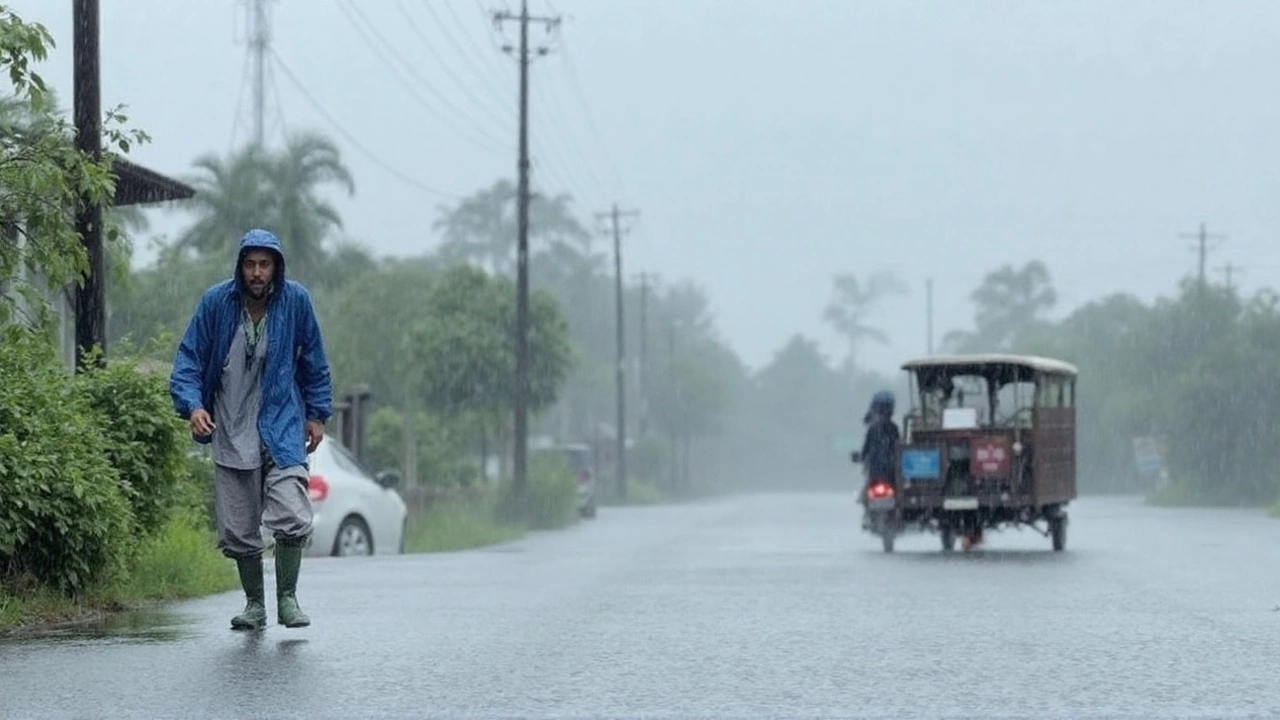Weather
When talking about Weather, the state of the atmosphere at a place and time, covering temperature, rain, wind, and pressure. Also known as meteorological conditions, it affects travel, sports, and emergency plans, you instantly think of extreme events. One such event is a Typhoon, a powerful tropical cyclone with sustained winds over 118 km/h. Modern AI forecasting, using artificial intelligence models to predict weather patterns is now crucial for tracking these storms, especially when they bring dangerous Storm surge, the rise in sea level caused by a storm’s wind pushing water onshore. In short, Weather encompasses storms, requires sophisticated prediction tools, and drives emergency response strategies.
Why This Matters for Athletes and Fans
Every time a major weather system moves across the UK, coaches and athletes scramble to adjust training schedules, venue bookings, and travel plans. Accurate forecasts mean clubs can avoid wet pitches that lead to injuries, while fans can decide whether to bring a raincoat or cancel a trip to a match. AI forecasting not only shortens warning times but also refines the expected intensity of a typhoon, helping authorities set up shelters and coordinate evacuations. Emergency response teams rely on these predictions to allocate resources, from rescue boats to medical crews, ensuring communities stay safe when a storm surge threatens coastal areas. The link between weather patterns and performance is clear: better data leads to smarter decisions on and off the field.
Below you’ll find a curated list of the latest articles that dive into how extreme weather events shape sports performance, the role of AI in modern forecasting, and real‑world examples of emergency planning during a typhoon. Whether you’re a coach looking for training tips, a fan planning a weekend outing, or simply curious about how weather science impacts daily life, the collection offers practical insights and up‑to‑date coverage.
- Coltrane Everhart
- 23-09-25
- Weather
Super Typhoon Ragasa Slams East Asia, Hong Kong Braces for Record Storm
Super Typhoon Ragasa, the strongest storm of the year, is barreling toward East Asia. Hong Kong has shut schools for two days and cancelled around 700 flights, while mainland China closed schools and businesses in over ten cities. Experts say Hong Kong’s typhoon plans have improved, and AI tools are helping predict the storm’s path. The typhoon brings destructive winds, heavy rain, and storm surge, prompting massive regional emergency actions. Authorities stress the need for cooperation and advanced warnings.
Details
